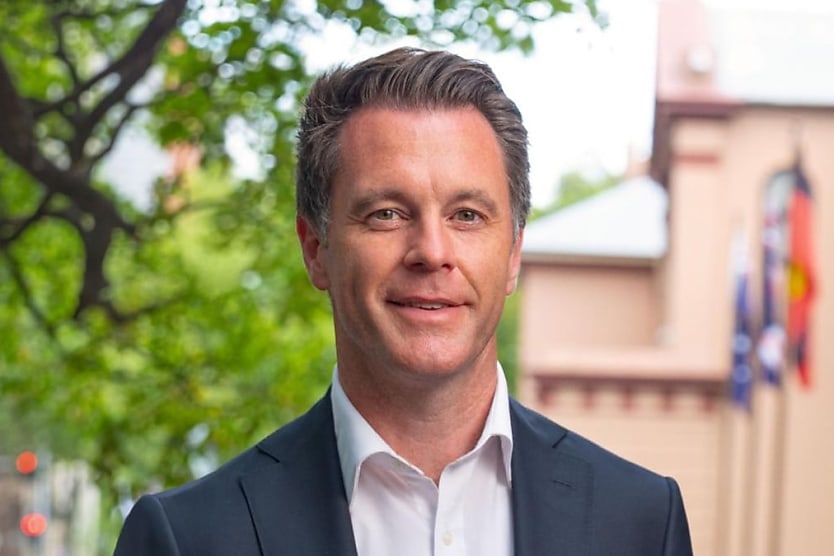
On 3 July, child protection workers once again took to the streets to protest the severe understaffing and overworking happening in the sector.
Caseworkers in the child protection sector walked off the job at 12:30pm on 3 July and protested outside the Community Services Centre (CSC) in Redfern over unacceptable risk to child safety in NSW.
This is not the first, and quite possibly won’t be the last time we see this. HR Leader has reported on a string of similar standdowns and protests happening earlier in the year over the same issues.
Public Service Association of NSW general secretary Stewart Little previously said: “The most vulnerable children in NSW are at risk of serious harm, or even worse, because child protection caseworkers are chronically understaffed and exhausted.”
“Child protection workers are now concerned that by exposing vulnerable children to a broken system, they may suffer even more harm. Chris Minns needs to immediately onboard another 500 child protection caseworkers to address the attraction and retention crisis in child protection, otherwise the system will collapse.”
Child protection caseworkers, through the multiple protests back in March and April, have been trying to make it abundantly clear that they consider the system’s status as a crisis.
The statistics show that one in four kids reported to child protection services, who are at risk of serious harm (ROSH), are being seen by a child protection caseworker. In some parts of the state, only 15 per cent of children are seen.
The department’s own data shows last year, 113,668 children and young people were reported as at ROSH in NSW, with only 25,899 of them seen – that is 23 per cent of all ROSH reports.
As these numbers grow, the sector continues to call on the government to help weather the storm, yet so far, they haven’t prevailed.
The reasons throughout the months of protests haven’t changed. Chronic understaffing and staff burnout have been pinpointed as the main issues within the sector that are causing at-risk children to not be attended to.
One in 10 child protection caseworker positions are unfilled in NSW. However, the vacancy rate can fluctuate, and on any given day, it is as high as one in five, often more. The child protection caseworkers that are left are coping with the extra workload of colleagues who have left, suffering burnout and stress.
“Child protection caseworkers are passionate about their work, and they want the people of Redfern to know no urgent child protection responses will be impacted during their protest and that skeleton staffing will be maintained at all times during this protest,” Little said.
“But they feel they have to do something as management just aren’t listening to their concerns.”
RELATED TERMS
Employees experience burnout when their physical or emotional reserves are depleted. Usually, persistent tension or dissatisfaction causes this to happen. The workplace atmosphere might occasionally be the reason. Workplace stress, a lack of resources and support, and aggressive deadlines can all cause burnout.
Kace O'Neill
Kace O'Neill is a Graduate Journalist for HR Leader. Kace studied Media Communications and Maori studies at the University of Otago, he has a passion for sports and storytelling.










